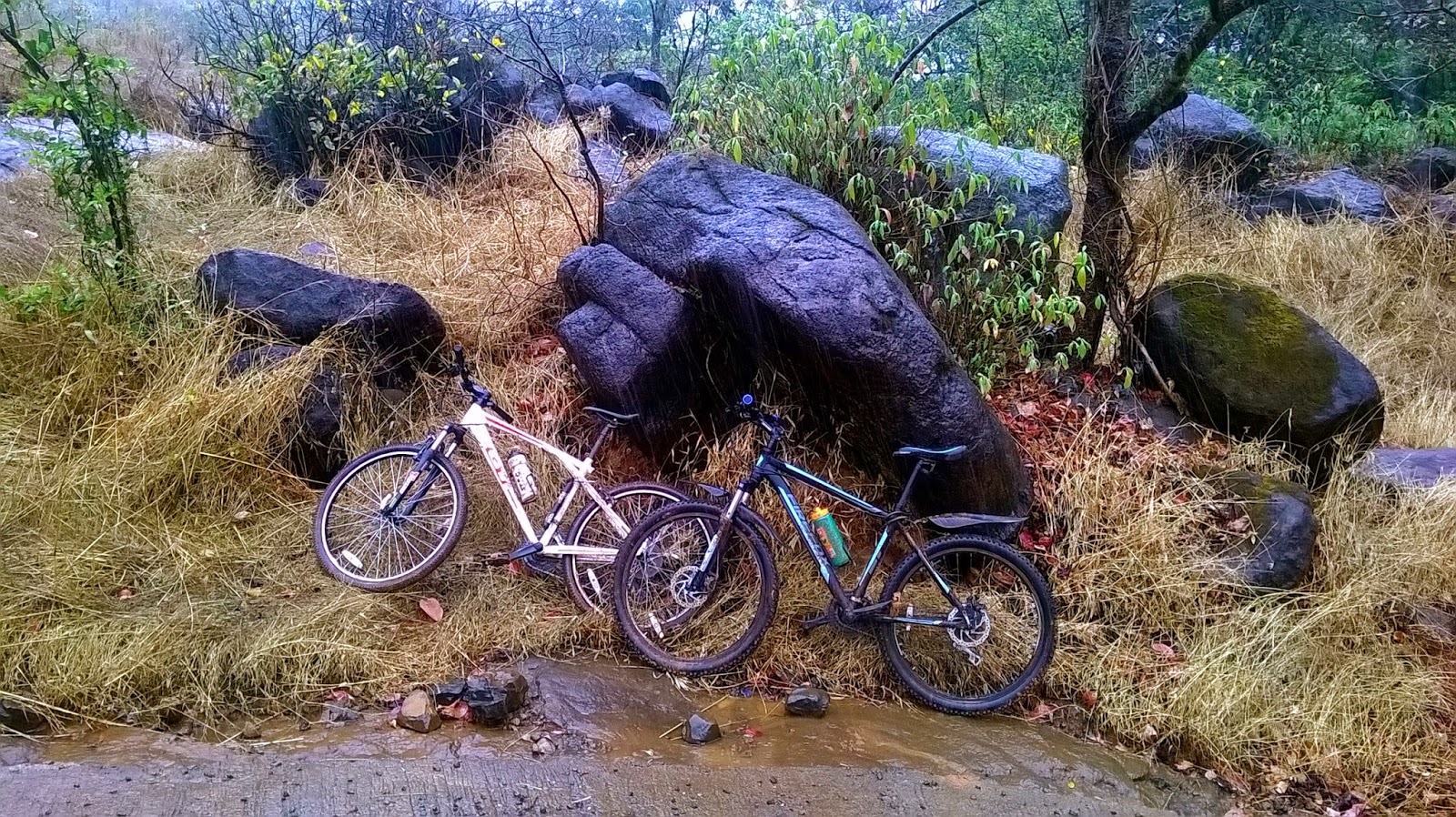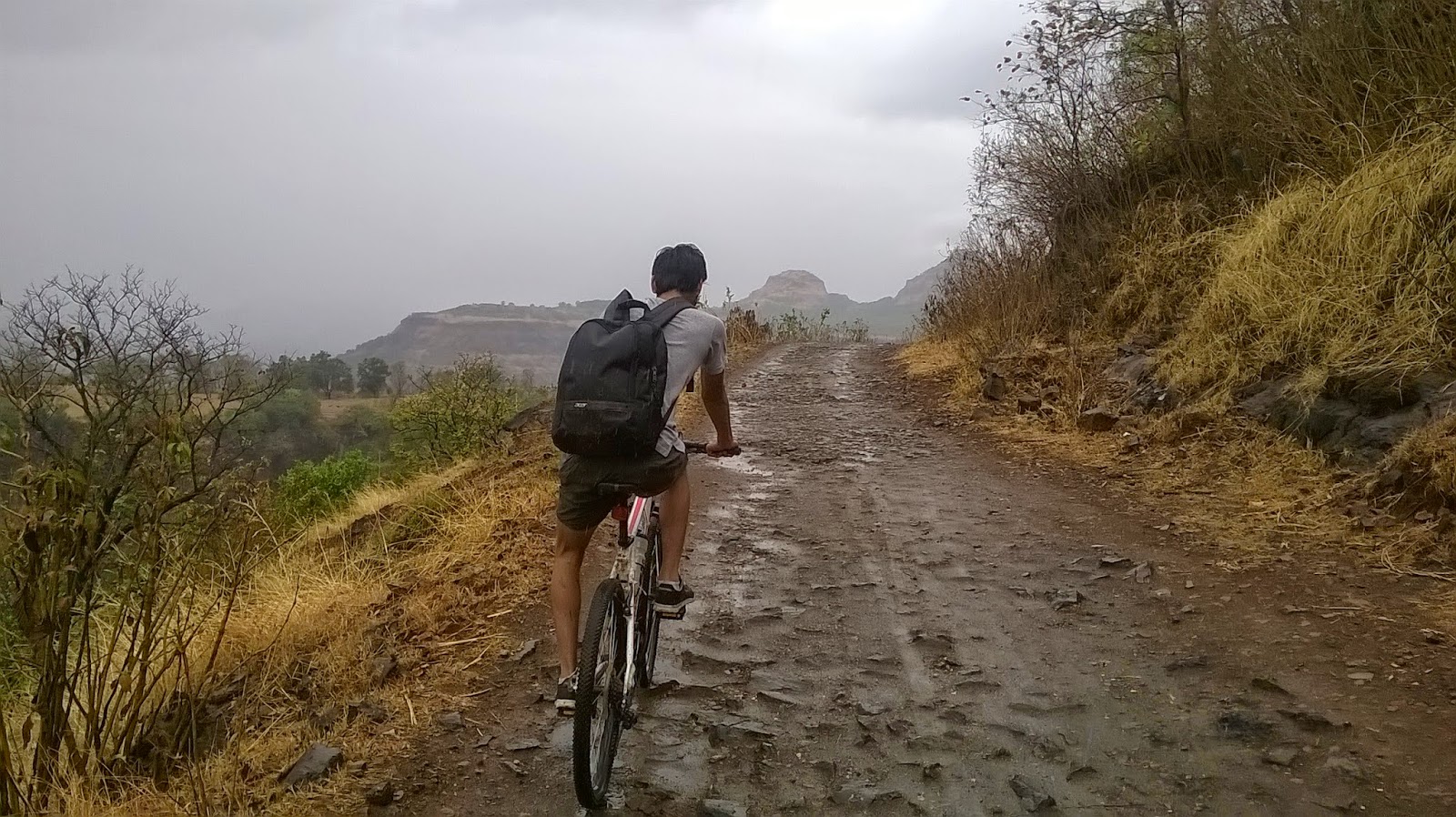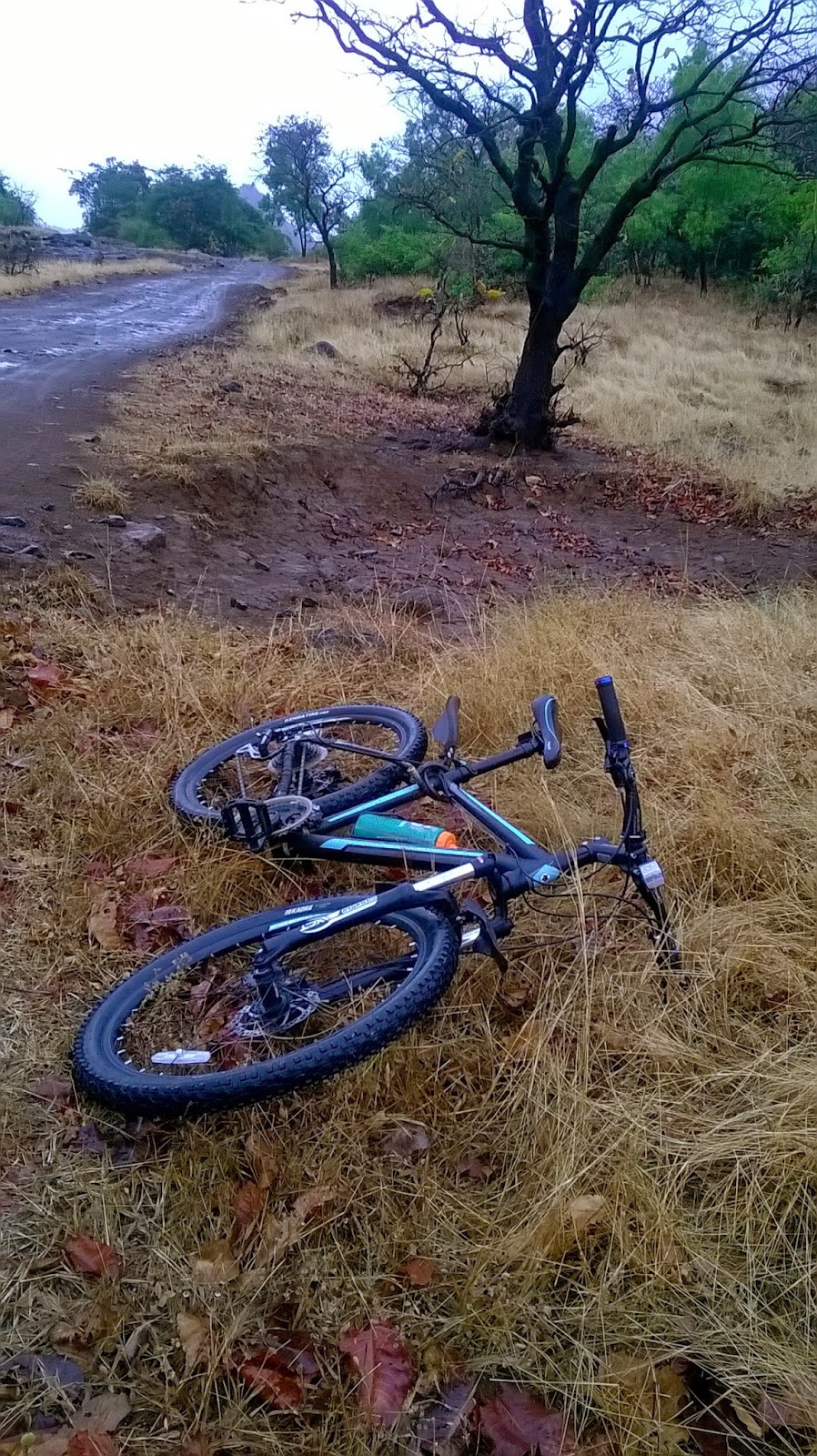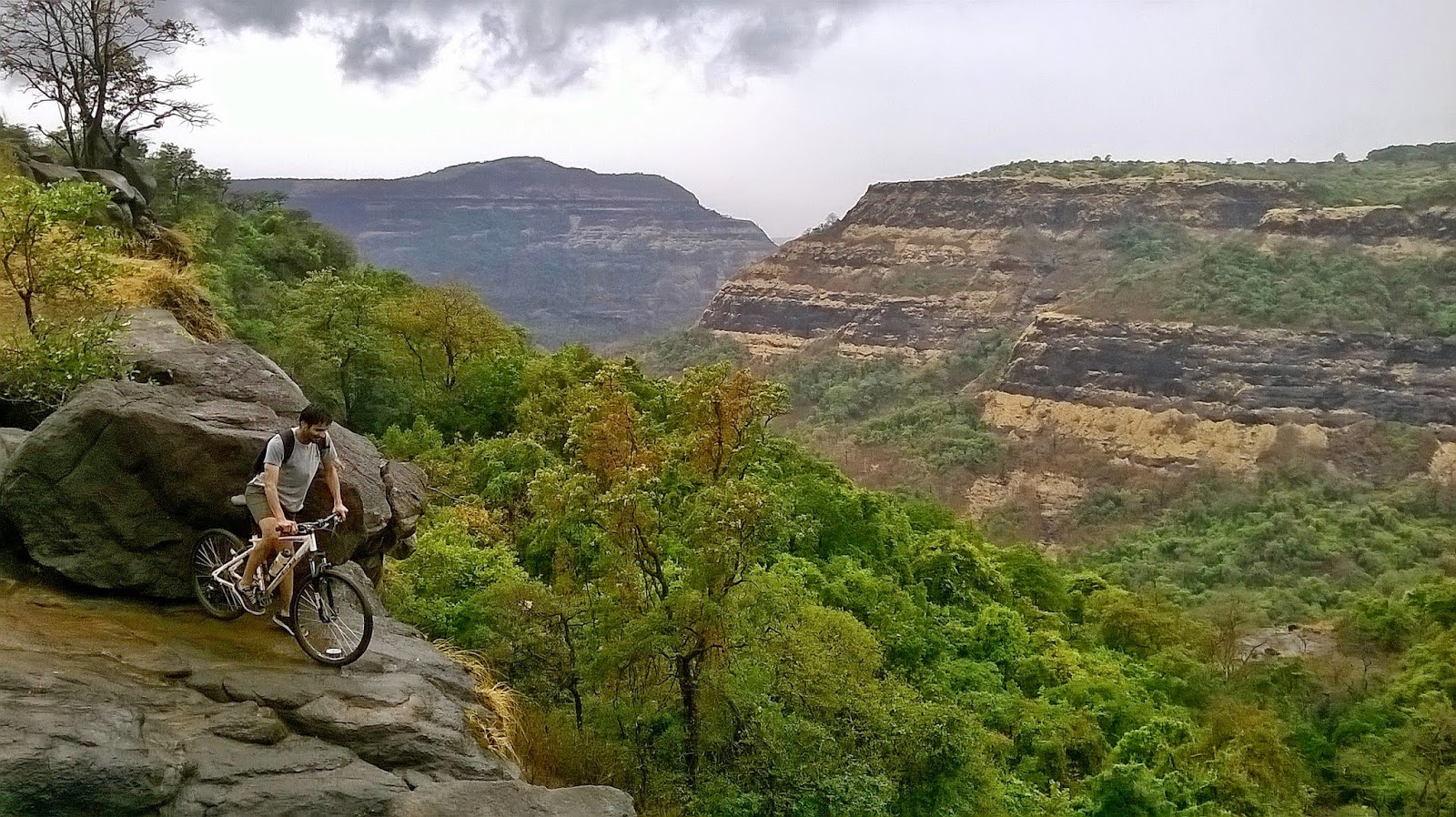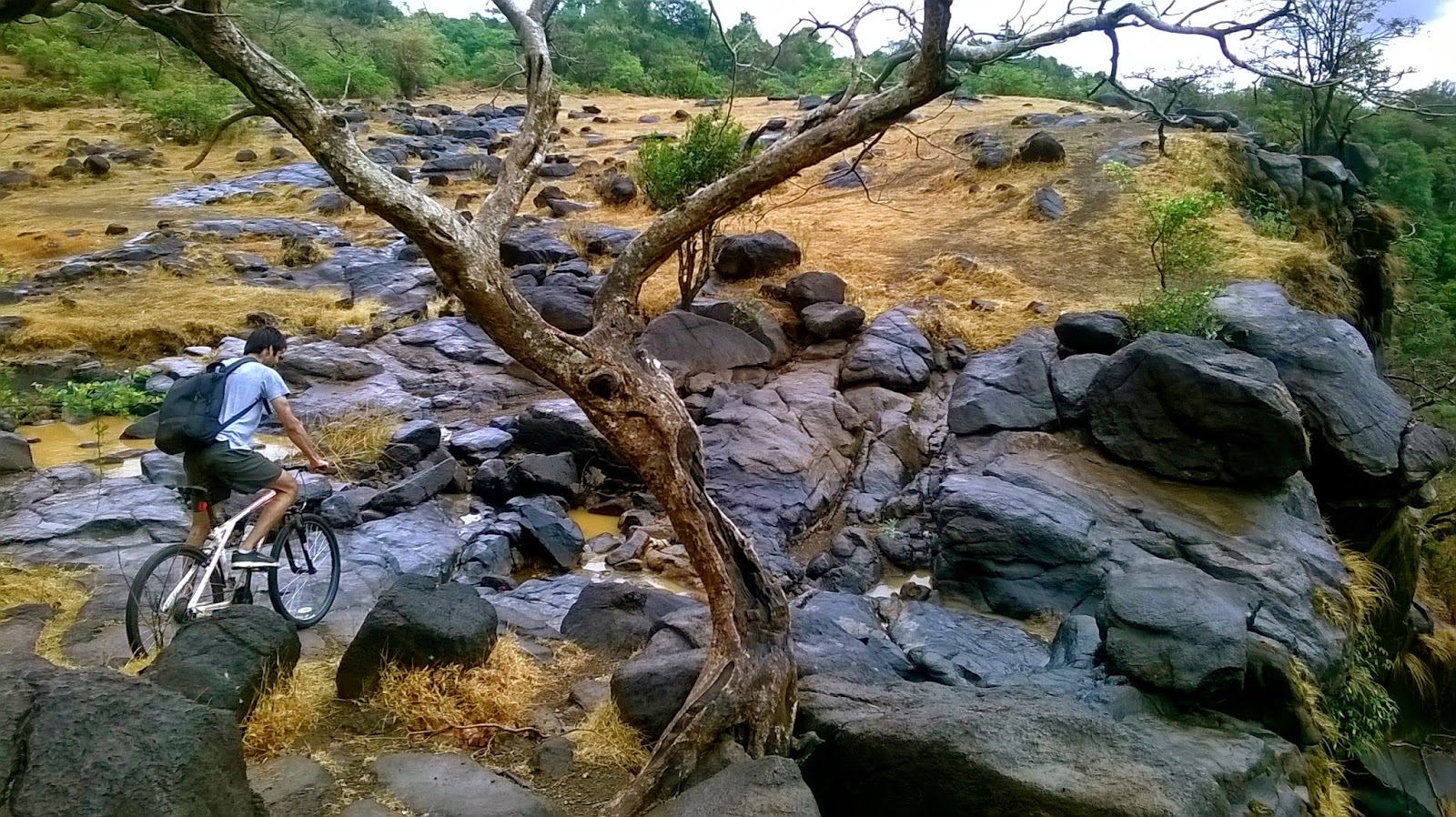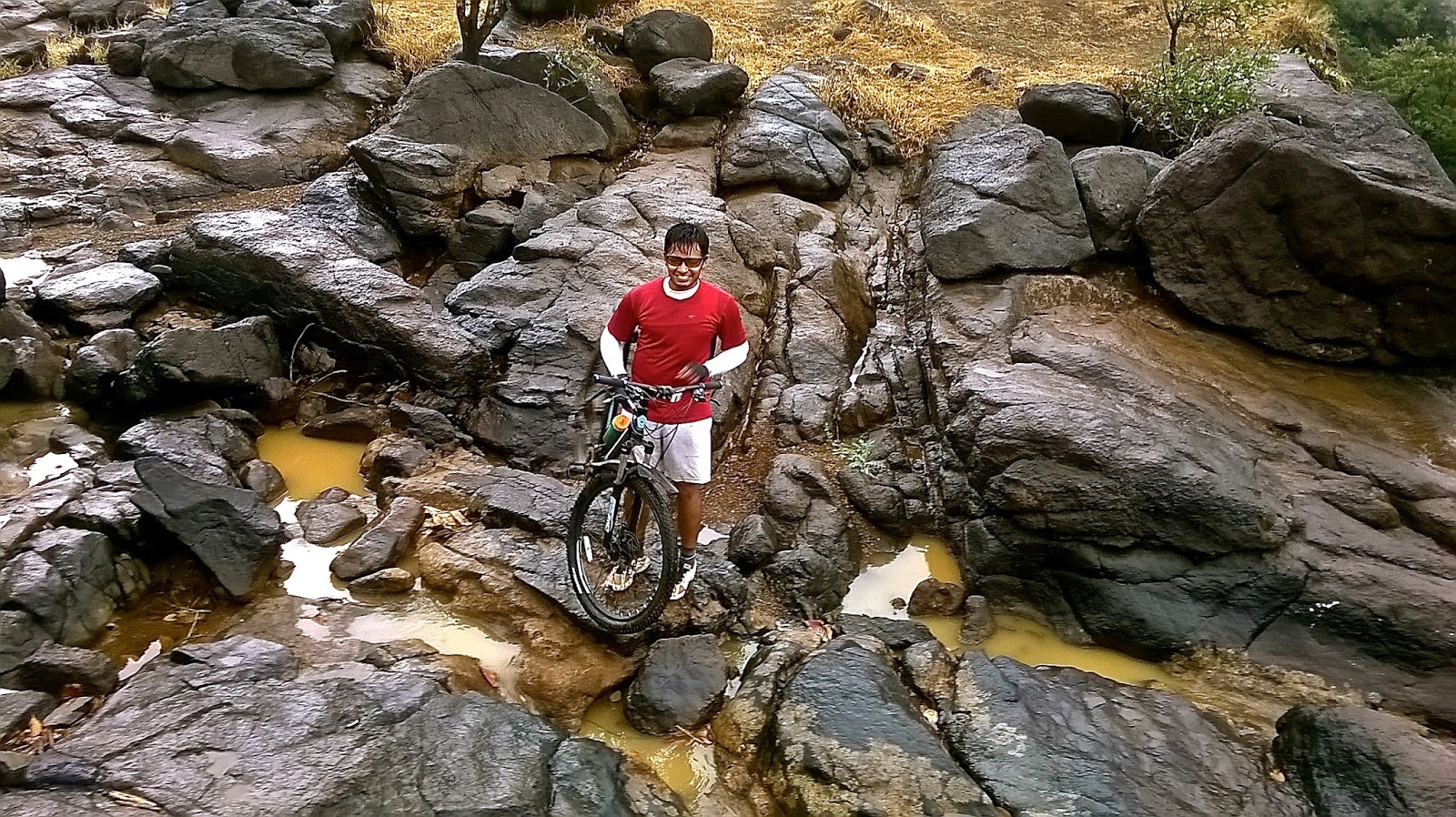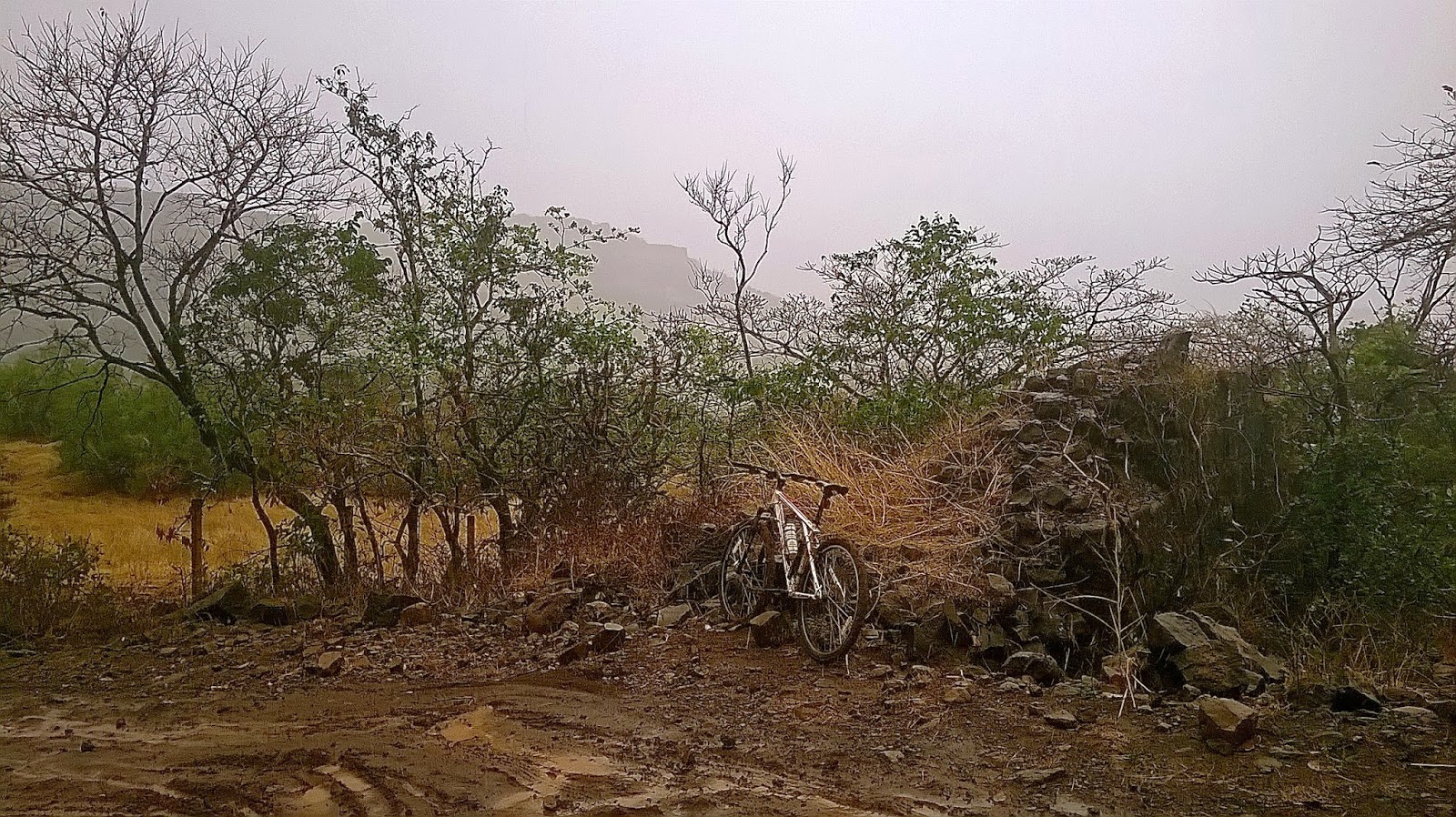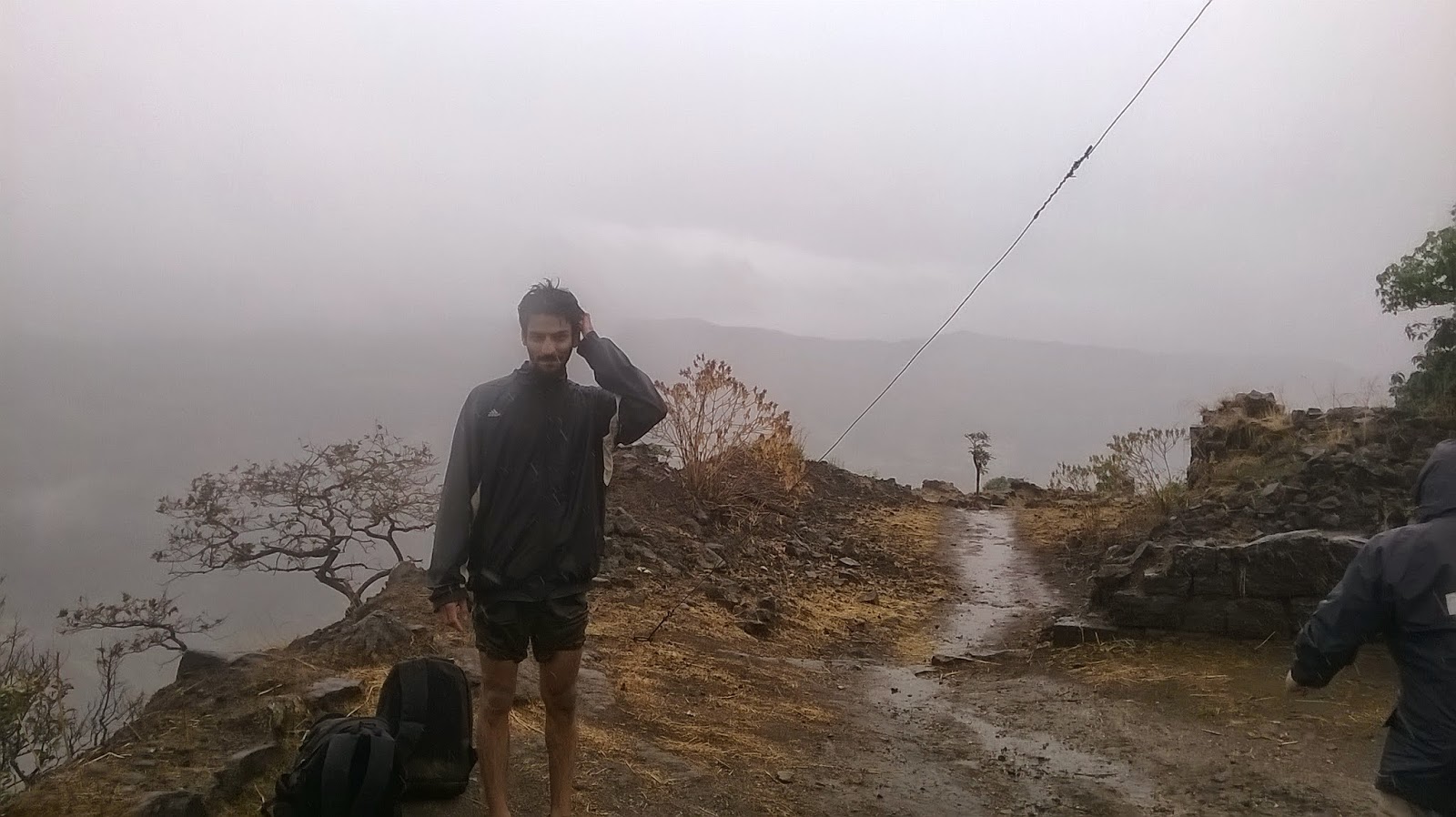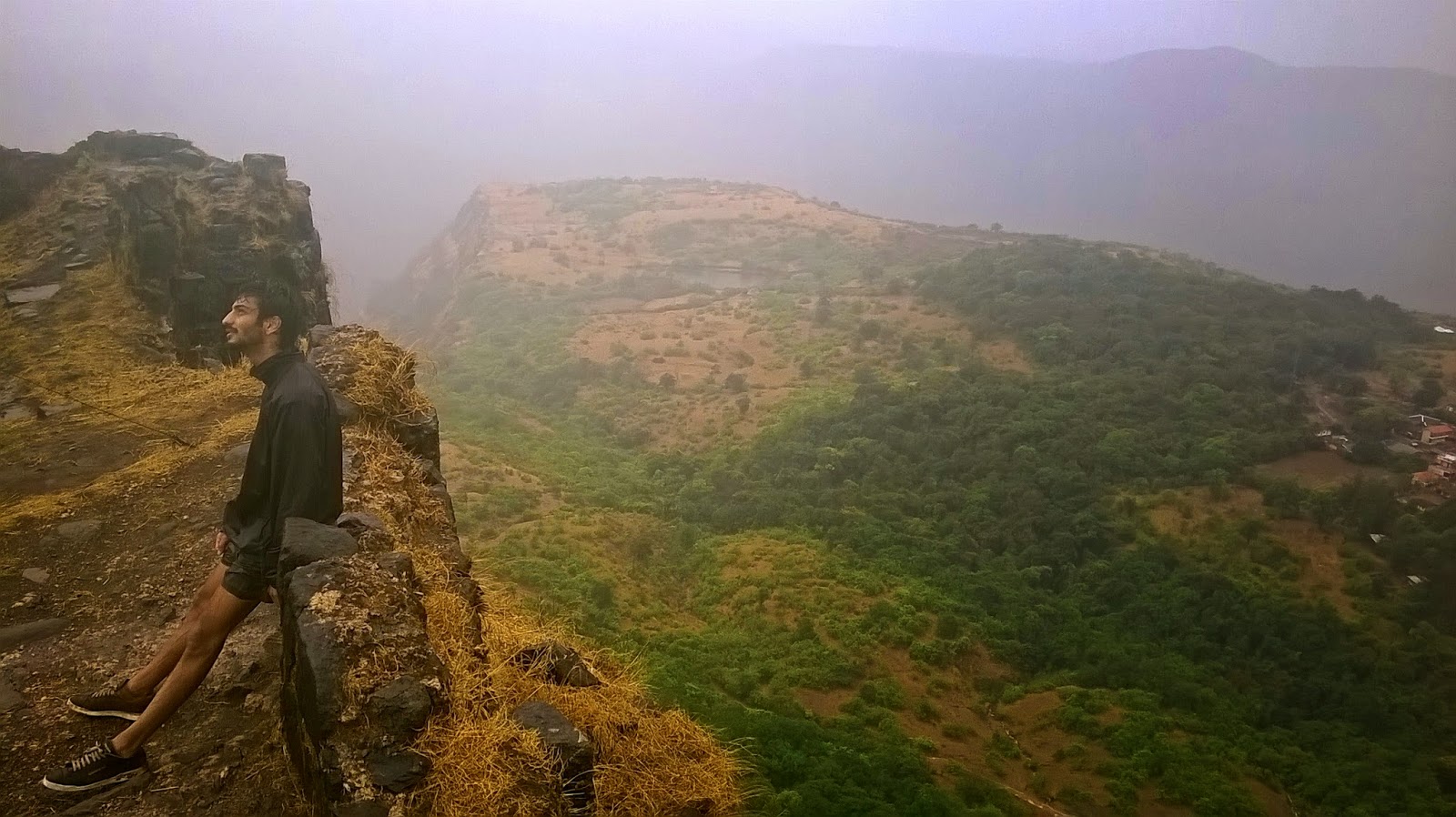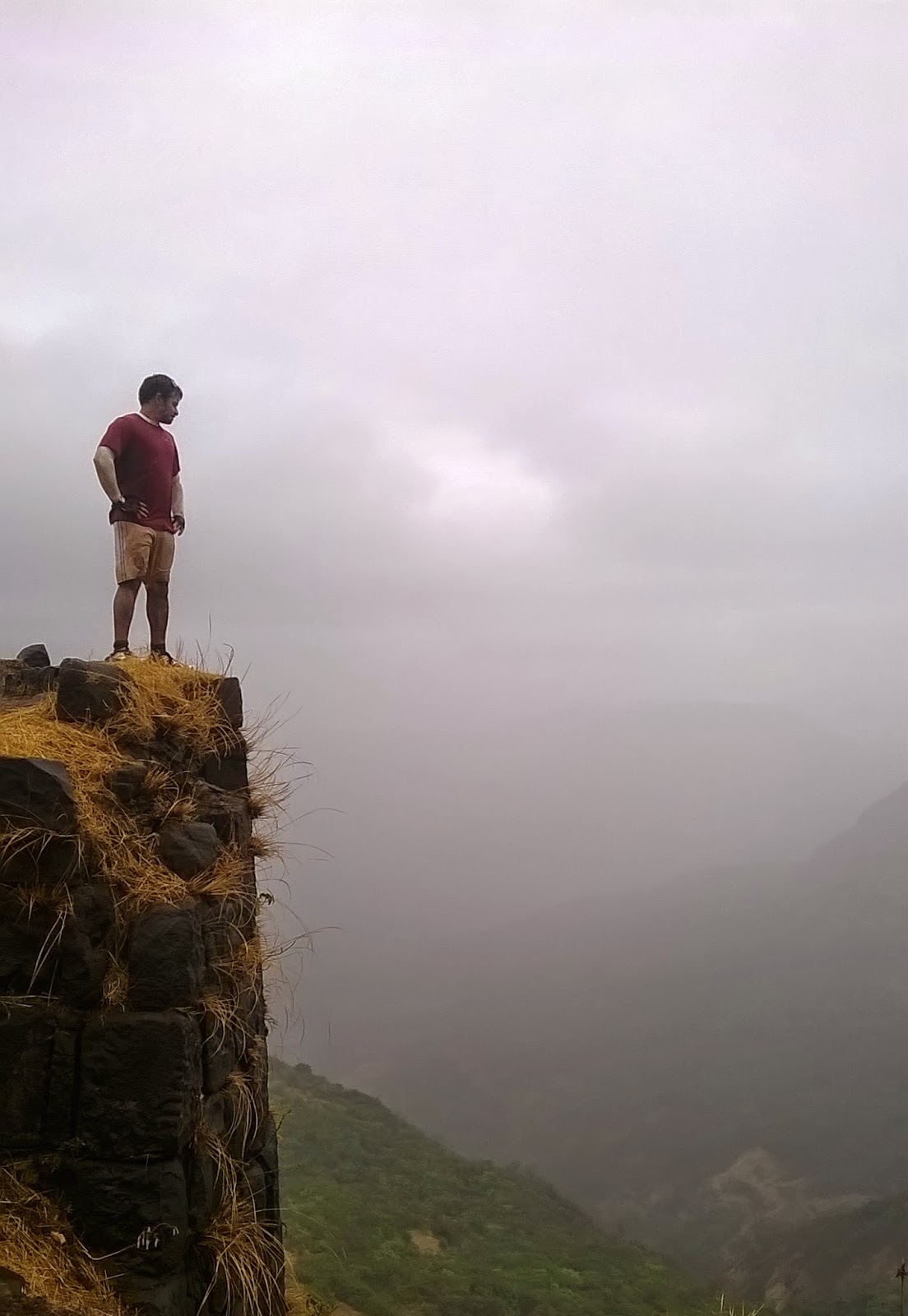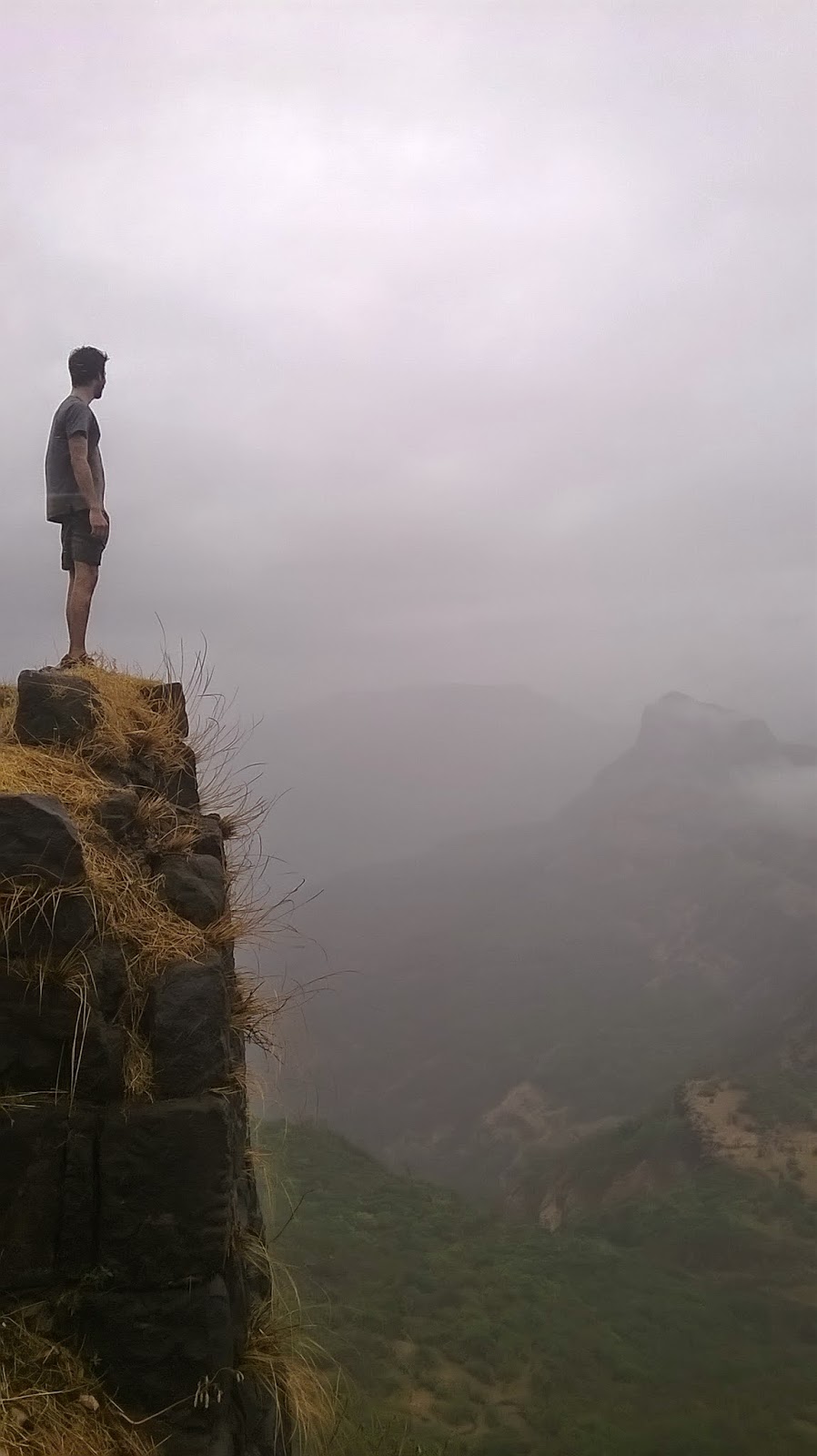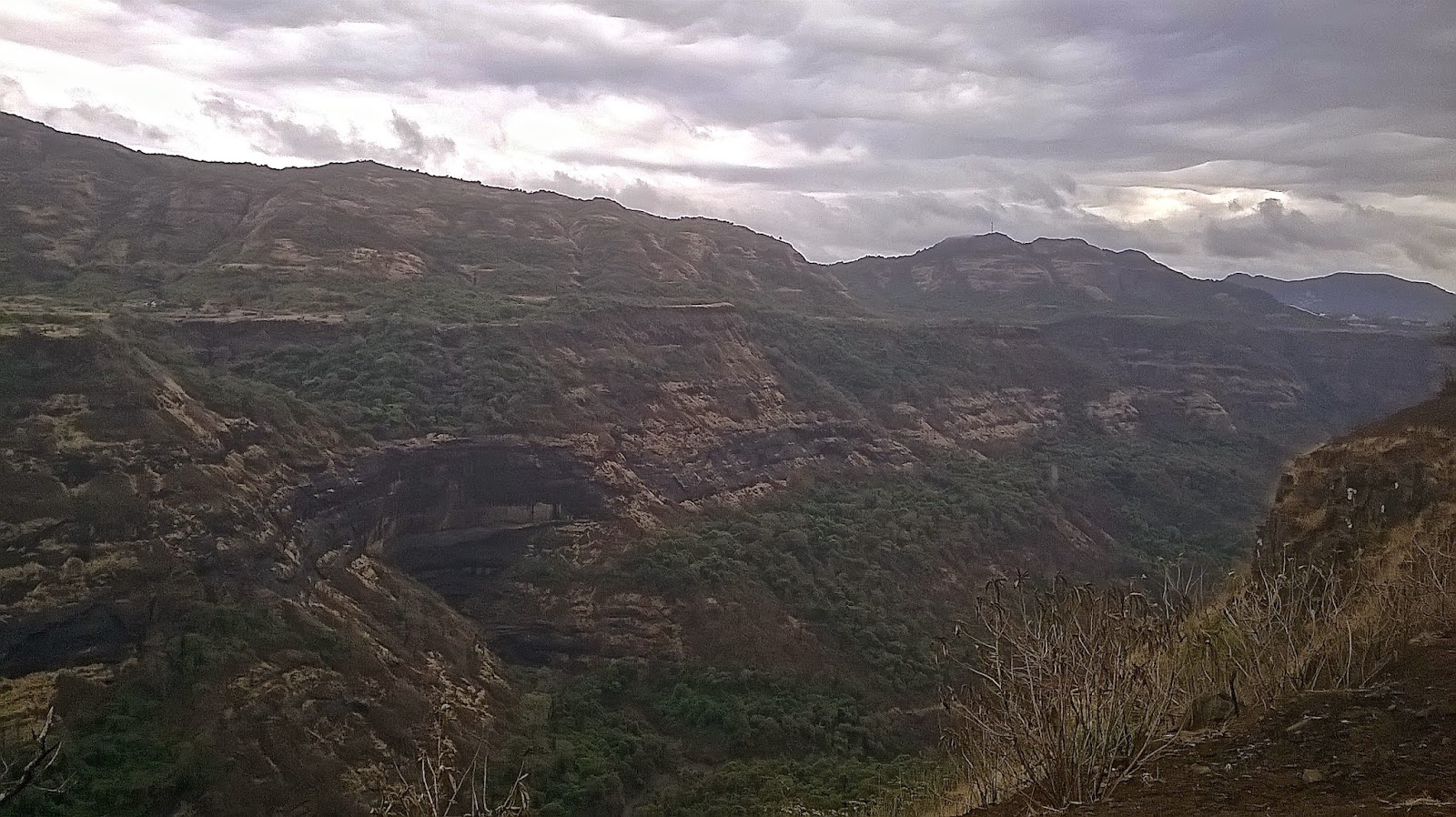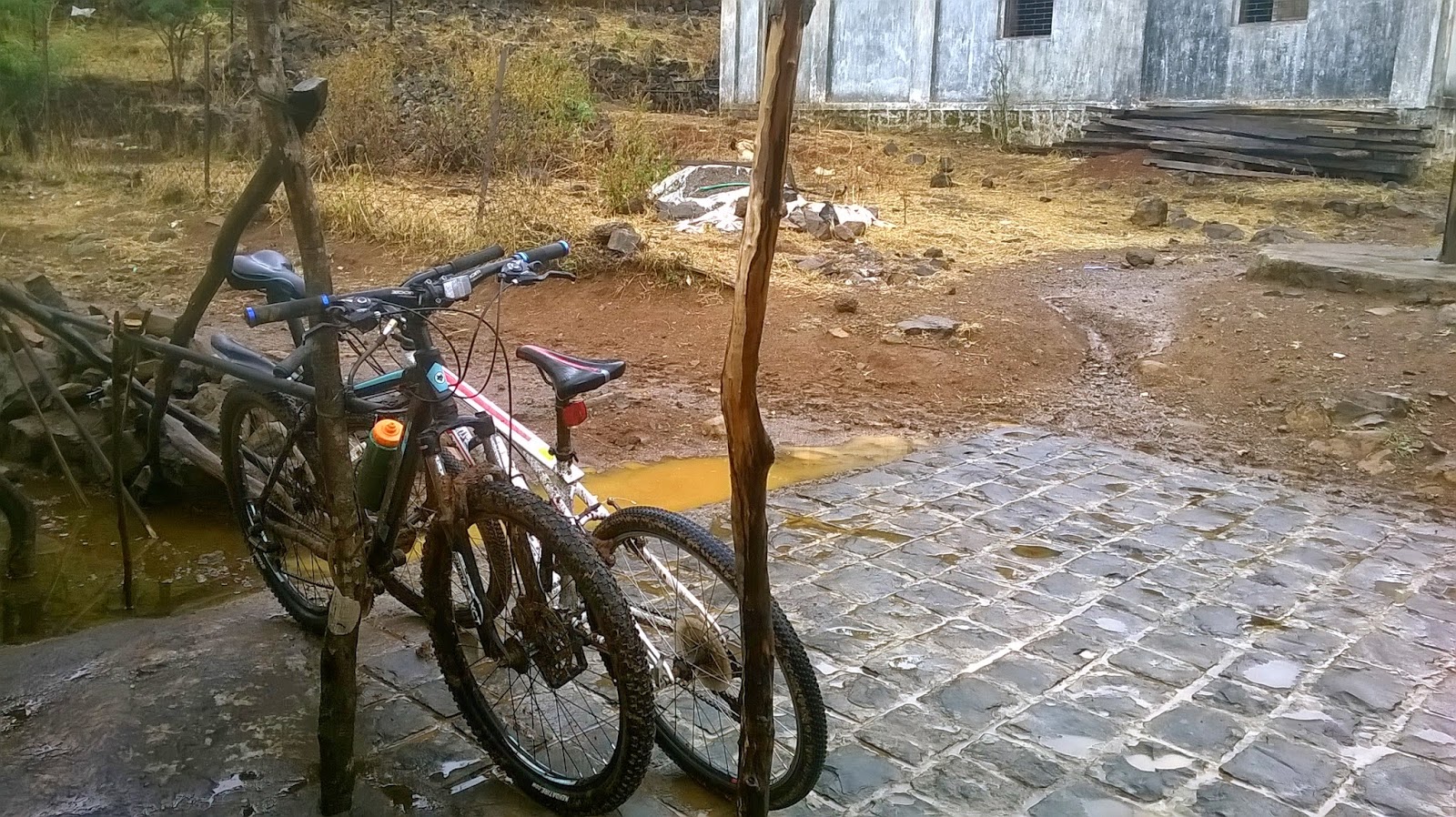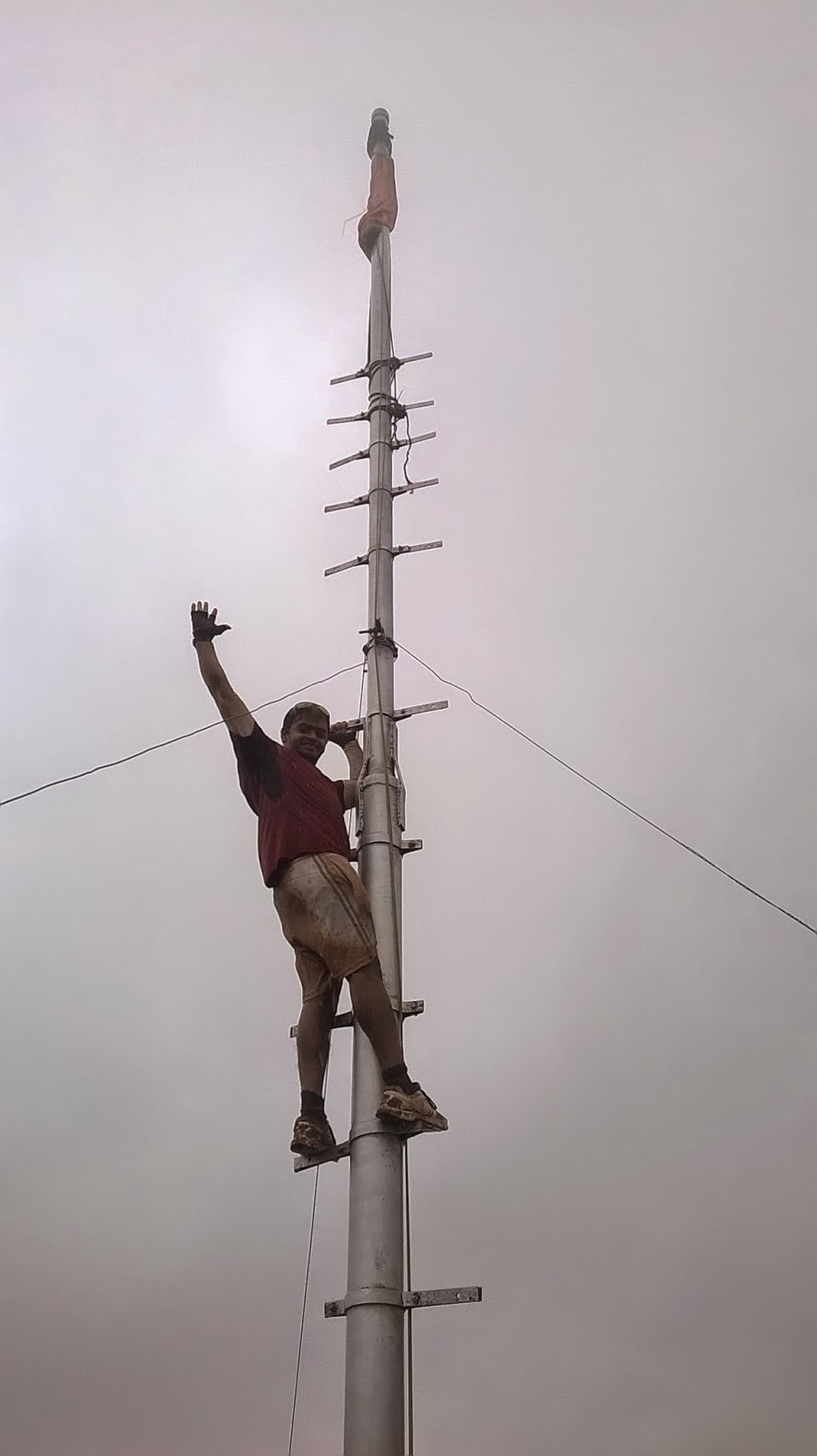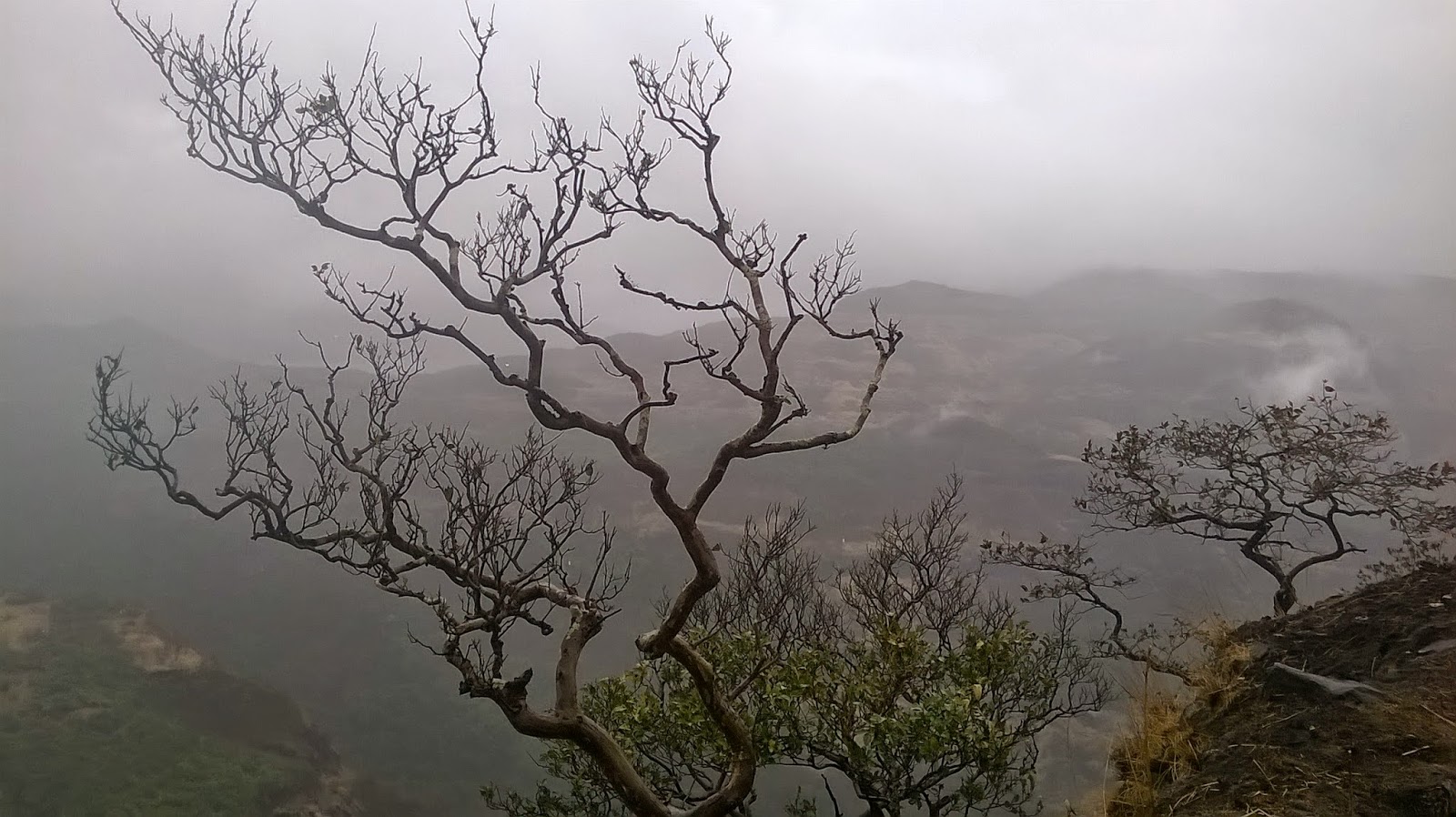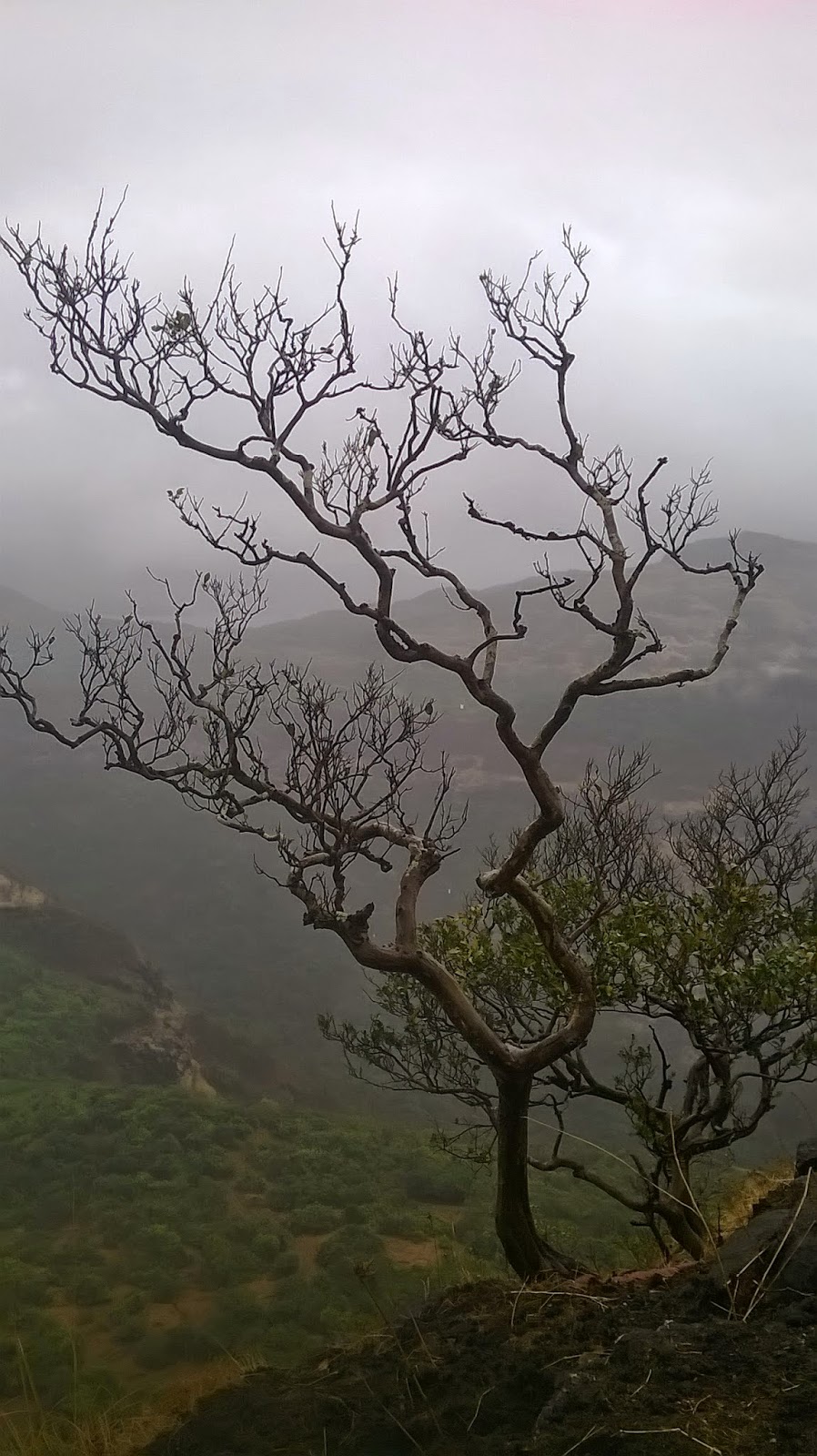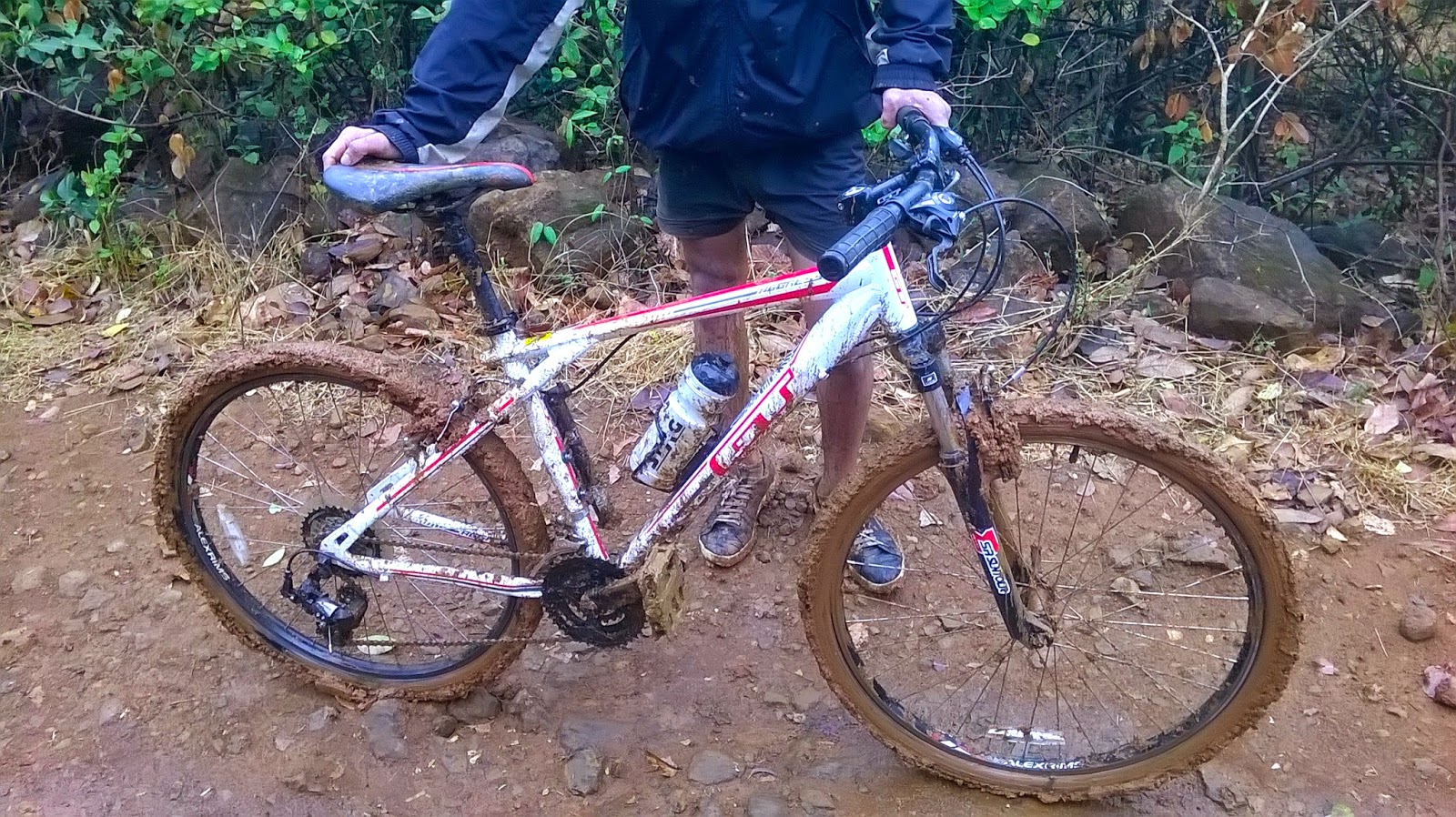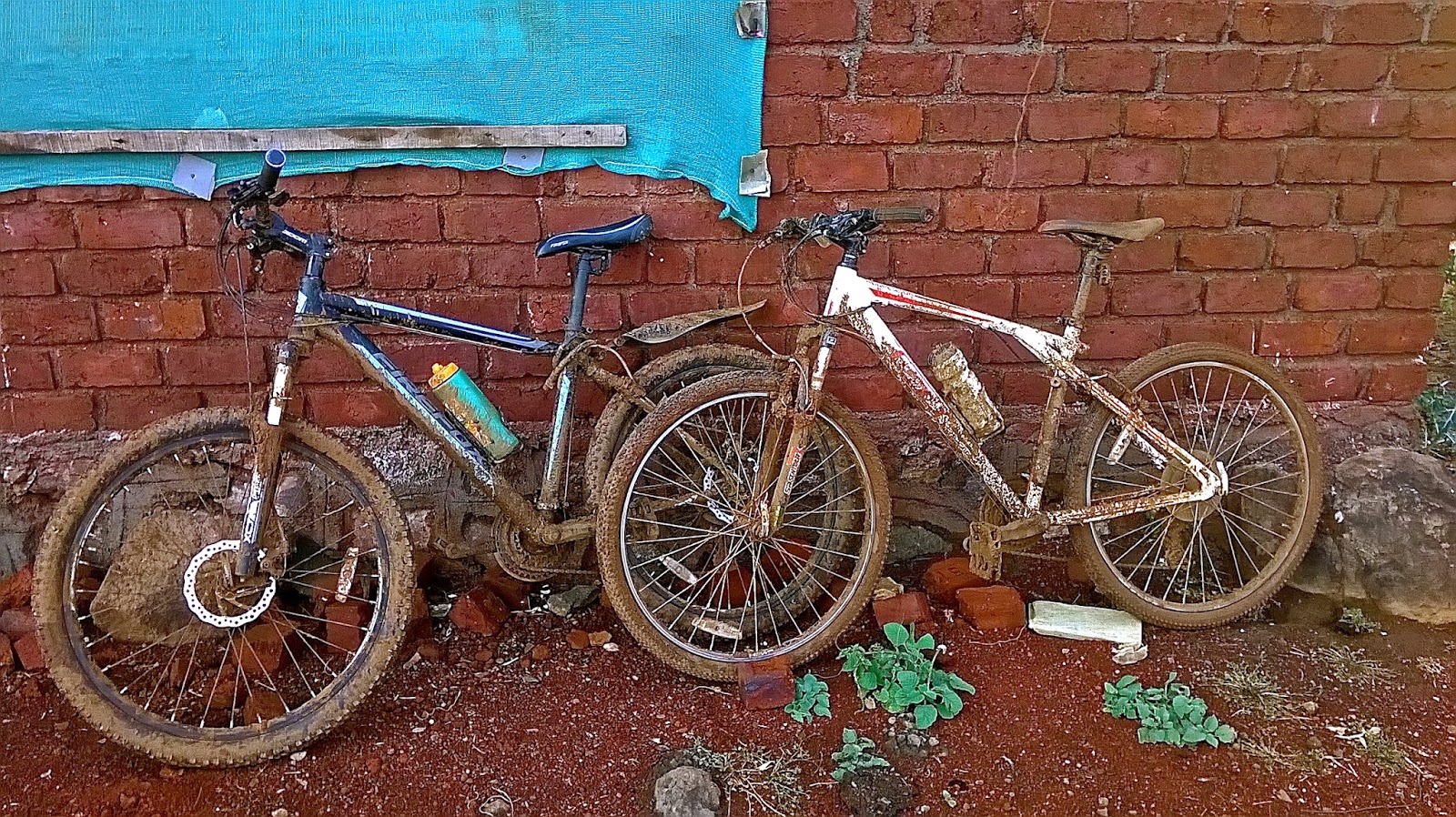SNAKES
Hi my name is George and I am not a herpetologist and the blogpost below will clearly prove that I am not. I work as medic in south Odisha a rural area, a kind of place where a run in with nature is expected every now and then. I have a lot of lateral interests and snakes really fascinate me, the fact that most people fear them makes me want to know more and more about these misunderstood creatures. Below I will show you the snakes I encountered during my stay in Odisha and some snakes that I had encountered while I was at med school. I believe that enjoying your work means having a broadminded approach to the world and to learn as much as you can about everything. Snake bites and various other injury and harm caused by nature is a very important part of being a medic, so this blogpost integrates my interest and my profession. Enjoy reading and I hope you understand snakes a bit more by the time you finish.
What are snakes?
- Snakes are elongated tubular reptiles of the class Serpentes with a tail at one end and a head at the other, no limbs, cold blooded(ectothermic) and are purely carnivores. Some snakes have evolved a specialised pre digestive fluid in their saliva which is toxic to most creatures.
- They can be found on every continent except Antarctica and some islands like New Zealand, Iceland and in Ireland and Greenland.
Cultural importance
- They are religious symbols in Egypt, India, China, the ancient Mayans, the ancient Greeks, Judaism and Christianity.
- They are a source of food in South east Asia, India, some militaries train their soldiers to catch and eat them when no other foods are available.
- They are symbols of fear, evil, healing, virility.
- They are used for their skin and for their venom, snake charmers earn their livelihood through them, as do the Irula tribe in Tamilnadu.
- They are kept as pets😁
Types of snakes
- If you are not a herpetologist, then one would be satisfied by classifying them as venomous and non venomous.
- Otherwise you have the colubrids,elapids,viperids, hydrophids, atractaspids, boiiade, pythonidae.
- They can be further classified as oviviparous, viviparous, and the very rare parthenogenesis
- There are 3400 recognised species, with new species still being discovered.
 |
| Russels viper |
How to identify a snake as venomous or non venomous?
Snakes come in all sizes but they've got one common shape, cylindrical or tubular, and they have only one dangerous end...... Their head and mouth and teeth. though constrictor snakes will kill using their muscular bodies.
They can be identified by their scales ventral and dorsal and the shield scales on their heads. The eyes can be an indicator as well, some venomous snakes have slit like pupils and non venomous with round pupils. The exception to this is the cobra and king cobra which have round pupils the krait almost has a comletely black rounded eye you can hardly make out the pupil.The tails of venomous snakes usually have one row of scales, the non venoms snakes usually have two, but most snakes will not voluntarily show you their underbelly scales, ha ha!Some venomous snakes have threat displays like hoods or standing up, some prefer to give you an auditory warning like a rattle, a loud hiss or a roar, some rub their scales making a chainsaw like noise, some just lie around quietly and will strike out of nowhere.
The Difference is the scales are continuos for a venomous snake from below the anal plate, but in non venomous snakes they are split down the middle from the anal plate. Th eanal late is the triangular scale in this depiction.
 |
| This is the underbelly of a wolf snake that was killed most likely mistaken to be a common krait, notice the scales splitting after the anal plate |
The head shape, the pupil shape, the fangs, the scales over the head and Pits are important features differentiating Viperidae from non venomous colubrids. Some Elapidae and Colubridae have rounded pupils more round heads than Viperidae and do not have pits, some also have rounded pupils. So only close observation and experience and knowledge can really help you identify Venomous from non venomous species.
The Russels Viper probably the most deadly snake in terms of human encounters, it has a potent mix of Hemotoxins as well as Neurotoxins in its venom, initially thought to have only a Hemotoxin victims of envenomation showed signs of neurotoxin as well. Notice the triangular head and eliptical pupil, the underbelly is not seen well.
This next point is very important, read carefully...
Some venomous snakes have distinct patterns on their heads like the spectacled cobra, Russel’s viper and the common krait, but in nature there are almost exact mimics among non venomous snakes.
This is really important since identificaton can be difficult, non venomous snakes are unknowingly killed and bites occur in humans who handle snakes identified as non venomous but are actually venomous. It is also important as identification helps in initiating ASV treatment of victims.
The snakes below are examples of how nature creates mimics, all these snakes were caught by me and released unharmed. The common sand boa, the russels viper and the Indian rock python all have similar coloration.
Indian rock python, can grow to enormous size and kills by constriction. Delivers a nasty bit since its teeth are recurvated, however it is non venomous, but its mouth is full of bacteria victims often develop very bad skin infections, cellulitis and require debridement and curetting and skin grafts.
Now lets see some snake eyes
 |
| Green vine snake mildly venomous, notice the slit like pupil, this snake has binocular vision like humans. |
 |
| Bronze back tree snake, notice the black rounded pupil |
A completely rounded and black pupil of a non venomous bronzeback tree snake and
the pupil of the common krait is a similar jet black.
the pupil of the common krait is a similar jet black.
A common question asked is why do snakes flick their tongue?
They flick their tongue to get the odour particles and deposit them into their Jacobsons organ or Vomeronasal organ.
Another question asks whether snakes are immune to their own venom
The answer is actually inconclusive, first of all a snake would probably not bite itself, and they usually do not bite their same species, however a snake is not completely immune to its own type of venom. Some snakes use their venom to kill other species, the King cobra is notorious for that.
Locomotion
You would think that the absence of limbs would be a serious disadvantage and yet they make their homes in the trees, all kinds of landforms, freshwater and seawater.
Snakes slither like we walk, they have developed this specialised locomotion with several different types like
The video is an example of lateral undulation
Lateral undulation: The snake moves alternating its head direction from left and then right or vice versa
Sidewinding: This type of motion is seen when the snake cannot grip a surface well, the body will move sideways in a wave like pattern, it is a modified type of lateral undulation
Concertina: Imagine the snake in a tunnel completely straight, now imagine a coiled spring and the the
Rectilinear: Imagine a snake trying to slowly and stealthy move toward its prey to catch it, its absolutely straight and it appears motionless but is actually making ground mm by mm.
Some interesting facts
- Snakes shed their skin several times a year, this is called molting,it allows growth, gets rid of parasites, you can tell when a snake is ready to shed its skin by noticing a dull hazy bluish colour of its eyes.
- All snakes are deaf, though they possess internal ears which function only to pick up vibrations.The snake charmers flute just creates an illusion, the snake is just following the movements of the snake charmer.
- Snakes have only one functional lung, they also have no lymph nodes.
- They don't have eyelids
- They swallow their food whole and are purely carnivorous.
- Snakes can replace their teeth their entire lifetime they are polyphydonts.
- Snakes only bite in self defence and for latching onto their prey and for injecting venom. Most human bites are accidental encounters and handling.
- The fear of snakes is called Ophidiophobia
Snakes and Humans
- Snake bite is a medical emergency and cause of hospital admission. It is by far an occupational disease.
- It results in the death or chronic disability of many active young people involved in farming and plantation work. The true scale of mortality and acute and chronic morbidity from snake bite remains uncertain because of inadequate reporting.
- Community health education is the single most important factor in the prevention of snake bites and the resulting mortality and morbidity.
- Anti venom is the only effective antidote to venomous snake bites and saving the life of a patient who has systemic envenomation. However its availability is scarce and it is expensive. In india a single vial of ASV can cost from 700 to 900 rupees and a person needing it would need atleast 10 vials immediately.
Venom and the science behind it,
More than 90% of snake venom (dry weight) is protein. Each venom contains more than a hundred different proteins: enzymes (constituting 80-90% of viperid and 25-70% of elapid venoms), non-enzymatic polypeptide toxins,and non-toxic proteins such as nerve growth factor.
Zinc metalloproteinase haemorrhagins: Damage vascular endothelium, causing bleeding.
Procoagulant enzymes: Venoms of Viperidae and some Elapidae and Colubridae contain serine proteases and other procoagulant enzymes that are thrombin-like or activate factor X, prothrombin and other clotting factors. These enzymes stimulate blood clotting with formation of fibrin in the blood stream. Paradoxically, this process results in incoagulable blood because most of the fibrin clot is broken down immediately by the body’s own plasmin fibrinolytic system and, sometimes within 30 minutes of the bite, the levels of clotting factors are so depleted (“consumption coagulopathy”) that the blood will not clot.
Phospholipase A2 (lecithinase): The most widespread and extensively studied of all venom enzymes. It damages mitochondria, red blood cells, leucocytes, platelets, peripheral nerve endings, skeletal muscle, vascular endothelium, and other membranes, produces presynaptic neurotoxic activity, opiate-like sedative effects, leads to the auto pharmacological release of histamine and anti-coagulation.
Acetylcholinesterase: Although found in most elapid venoms, it does not contribute to their neurotoxicity.
Hyaluronidase: Promotes the spread of venom through tissues.
Proteolytic enzymes (metalloproteinases, endopeptidases or hydrolases)and polypetide cytotoxins (“cardiotoxins”): Increase vascular permeability causing oedema, blistering, bruising and necrosis at the site of the bite.
Venom polypeptide toxins (“neurotoxins”) Postsynaptic (α) neurotoxins such as α-bungarotoxin and cobrotoxin, consist of 60-62 or 66-74 amino acids. They bind to acetylcholine receptors at the motor endplate. Presynaptic (β) neurotoxins such as β-bungarotoxin, crotoxin, and taipoxin, contain 120-140 amino acids and a phospholipase A subunit. These release acetylcholine at the nerve endings at neuromuscular junctions and then damage the endings, preventing further release of transmitter.
Now why would a small animal need such a potent substance that is capable of killing an elephant?
As predators, snakes are missing a few key attributes. They have no legs to chase down their prey, no paws to knock down quarry, and no claws to hold their victims. But none of these deficiencies matters much, because evolution has handed snakes the ultimate weapon: venom. With it, the several hundred types of venomous snakes can kill or debilitate before their victims escape.Their venom has given snakes the ability to be small yet effective hunters, and they have spread to fill every ecological niche—as long as the environment is warm enough for them to stay in motion. Snakes live everywhere from treetops to the forest floor, in deserts and in the oceans.
Turning Deadly Venoms into Cures
It is hard to believe that substances that have been so well designed for killing could also be useful in medicine, but it's true. The first medically active substance isolated from a snake's venom came from a Brazilian pit viper, Bothrops jararaca, in 1949. The venom dilates blood vessels, causing prey to lose blood pressure so that they react more slowly or even collapse. The material later became the basis for a popular family of blood-pressure medications called ACE inhibitors.
Another useful blood-disorder drug comes from the Malaysian pit viper. In its pure form, the venom causes prey to die of massive hemorrhaging by preventing blood coagulation. Among humans, it is used to treat patients who suffer from blood clots.
Snake venoms often act only on certain types of cells, and this specificity has led to important research into treatments for cancer. Typical chemotherapy drugs cause many undesirable side effects because they don't discriminate between cancerous and healthy cells in the body. Some research that is currently under way is experimenting with using snake venom to destroy only those bloodvessels that carry nutrients specifically to the tumor, thereby starving it to death.
Unfortunately, transforming snake venoms into medicine can be very time-consuming, because they consist of so many different components. In many cases, venom from a single snake has extremely diverse effects.
From the venom of the Siberian moccasin, for example, scientists have isolated three enzymes—phospholipases—that are nearly chemically identical except for their acidity levels, yet they do dramatically different things. The low-acid phospholipase inhibits blood coagulation, while the highly acidic enzyme destroys red blood cells. The neutral type is a form of neurotoxin.
Many neurotoxins work by inhibiting or completely blocking nerve activity, so they are interesting research targets for diseases, such as epilepsy, in which there is too much electrical brain activity; for the treatment of pain; or for helping drug addicts trying to escape their dependency. Remarkably, other substances have been found in snake venom that actually foster the growth of new neurons. These could be useful for Alzheimer's and other diseases in which neurons in the brain die off.
Snakes may kill tens of thousands of people yearly, but their deadly venoms have the potential to save many thousands more.
Envenomation and Management
This paragraph is meant only for the knowledge alone and is not a substitute or a guideline to actual medical care.
Signs and Symptoms
First of all most cases of venomous snake bite statistically are dry bites, venom is a precious resource for the snake and so it uses it only for the immobilisation of its intended prey.
Early symptoms and signs are from the mechanical pain of the bite itself, local pain, swelling, burning, bleeding from the site. Bites from some species such as the krait may even be painless, so the unsuspecting victim dies, even fang marks may be absent.
Venom is of 3 types neurotoxic, hemotoxic, or both near and hemotoxic.
 |
Fang marks can be seen at the base of the index finger |
The clinical picture varies to the type of venom that was injected. This can give a clinician an idea of the line of management and the specific antivenin required.
Also a good number of victims bring photographs of the snake or bring the body of the dead snake itself.
If the type of envenomation is unclear, the patient should be kept under 24-48 hour observation.
The common venomous species in india are the Viperidae ( old world vipers, new world vipers) and Elapidae ( cobras and kraits, sea snakes, coral snakes)
Local symptoms and signs in the bitten part:
fang marks
local pain
local bleeding
bruising
lymphangitis (raised red lines tracking up the bitten limb)
lymph node enlargement
inflammation (swelling, redness, heat)
blistering
local infection, abscess formation
necrosis
Generalised symptoms:
Nausea, vomiting, malaise, abdominal pain, weakness, drowsiness, prostration.
Cardiovascular (Viperidae):Visual disturbances, dizziness, faintness, collapse, shock, hypotension,cardiac arrhythmias, pulmonary oedema, conjunctival oedema (chemosis)
Bleeding and clotting disorders (Viperidae)
Traumatic bleeding from recent wounds (including prolonged bleeding from the fang marks (venepunctures etc) and from old partly-healed wounds
Spontaneous systemic bleeding - from gums , epistaxis, bleeding into the tears, intracranial haemorrhage (meningism from subarachnoid haemorrhage), lateralizing signs and/or coma, cerebral arterial thrombosis leading to stroke.
Haematemesis, haemoptysis,rectal bleeding or maelena, haematuria, myoglobinuria, vaginal bleeding, ante-partum haemorrhage in pregnant women, bleeding into the mucosae (e.g. conjunctivae, skin (petechiae, purpura,discoid haemorrhages ecchymoses) and retina.
 |
| Snake bite victim with localized swelling and bleeding. |
Neurological (Elapidae, Russell’s viper)
Drowsiness, paraesthesiae, abnormalities of taste and smell, “heavy” eyelids, ptosis, external ophthalmoplegia, paralysis of facial
muscles and other muscles innervated by the cranial nerves, nasal voice or aphonia, regurgitation through the nose, difficulty in swallowing secretions.
Respiratory and generalised flaccid paralysis.
Ptosis is one of the first signs of neurotoxic venom
What to do when bitten?
Recommended first-aid methods
Golden rule is to never try to kill or capture the snake as it may result in further bites and exposes others to danger, unless you have the proper equipment
Reassure the victim who may be very anxious.
Immobilize the whole of the patient’s body by laying him/her down in a comfortable and safe position and, especially, immobilise the bitten limb with a splint or sling. Any movement or muscular contraction increases absorption of venom into the bloodstream and lymphatics.
If the necessary equipment and skills are available, consider pressure-immobilization or pressure pad unless an elapid bite can be excluded.
Avoid any interference with the bite wound (incisions, rubbing, vigorous cleaning, massage, application of herbs or chemicals) as this may introduce infection, increase absorption of the venom and increase local bleeding.
Release of tight bands, bandages and ligatures: Ideally, these should not be released until the patient is under medical care in hospital,resuscitation facilities are available and antivenom treatment has been started.
IMPORTANT
Tight (arterial) tourniquets are not recommended! Traditional tight (arterial) tourniquets are not recommended. To be effective, these had to be applied around the upper part of the limb so tightly that the peripheral pulse gets occluded. This method can be extremely painful and very dangerous if the tourniquet was left on for too long (more than about 40 minutes), as the limb might be damaged by ischemia. Tourniquets have caused many gangrenous limbs.
Investigations
20 minute whole blood clot test: Place 2 ml of freshly sampled venous blood in a small, new or heat cleaned,dry, glass vessel. Leave undisturbed for 20 minutes at ambient temperature.Tip the vessel once.
If the blood is still liquid (unclotted) and runs out, the patient has hypofibrinogenaemia (“incoagulable blood”) as a result of venom-induced consumption coagulopathy. In South East Asia this is diagnostic of viper envenomation.
If the vessel used for the test is not made of ordinary glass, or if it has been cleaned with detergent, its wall may not stimulate clotting of the blood sample (surface activation of factor XI – Hageman factor) and test will be invalid
Haemoglobin concentration / haematocrit: A transient increase indicates haemoconcentration resulting from a generalized increase in capillary permeability (e.g. in Russell’s viper bite).
Platelet count: This may be decreased in victims of envenoming by vipers.
White blood cell count: An early neutrophil leucocytosis is evidence of systemic envenoming from any species.
Blood film: Fragmented red cells (“helmet cell”, schistocytes) are seen when there is microangiopathic haemolysis.
Biochemical abnormalities: Aminotransferases and muscle enzymes (creatine kinase, aldolase etc) will be elevated if there is severe local muscle damage or, particularly, if there is generalized muscle damage (sea snake,some krait, and Sri Lankan and South Indian Russell’s viper bites).
Arterial blood gases and pH may show evidence of respiratory failure (neurotoxic envenoming) and acidaemia (respiratory or metabolic acidosis).
Desaturation: Arterial oxygen saturation can be assessed non-invasively in patients with respiratory failure or shock using a finger oximeter.
Urine examination: The colour of the urine (pink, red, brown, black) should be noted and the urine should be tested by dipsticks for blood or haemoglobin or myoglobin.
ANTIVENIN the only cure for envenomation
Anti-venom treatment for snake-bite was first introduced by Albert Calmette at the Institut Pasteur in Saigon in the 1890s.
Antivenom is immunoglobulin [usually pepsin-refined F(ab’)2 fragment of whole IgG] purified from the plasma of a horse, mule or donkey (equine) or sheep (ovine) that has been immunized with the venoms of one or more species of snake.
“Specific” antivenom, implies that the antivenom has been raised against the venom of the snake that has bitten the patient and that it can therefore be expected to contain specific antibody that will neutralise that particular venom and perhaps the venoms of closely related species (paraspecific neutralization).
Monovalent (monospecific) antivenin neutralizes the venom of only one species of snake.
Polyvalent (polyspecific) antivenom neutralizes the venoms of several different species of snakes, usually the most important species, from a medical point of view, in a particular geographical area. In India it is a known fact that the Polyvalent snake venom is ineffective incase of envenomation by the hump nosed viper.
What we have In india
Indian antivenom manufacturers’ “polyvalent anti-snake venom serum” is raised in horses using the venoms of the four most important venomous snakes in India (Indian cobra, Naja naja; Indian krait, Bungarus caeruleus; Russell’s viper, Daboia russelii; saw-scaled viper, Echis carinatus)
The Haffkine institute,Bharat Serums & Vaccines,Vins Bioproducts, Biologicals E, these are the manufacturers of anti venom in India.
Administration of Antivenom
All proven venomous snake bites or patients exhibiting clinical signs must be given antivenom as soon as possible.
Two methods of administration are recommended:
(1) Intravenous “push” injection: Reconstituted freeze-dried antivenom or neat liquid antivenom is given by slow intravenous injection (not more than 2 ml/minute). This method has the advantage that the doctor, nurse or dispenser administering the antivenom must remain with the patient during the time when some early reactions may develop. It is also economical, saving the use of intravenous fluids, giving sets, cannulae etc.
(2) Intravenous infusion: Reconstituted freeze-dried or neat liquid antivenom is diluted in approximately 5-10 ml of isotonic fluid per kg body weight (i.e. 250-500 ml of isotonic saline or 5% dextrose in the case of an adult patient) and is infused at a constant rate over a period of about one hour.
There is no cap on the number of vials of antivenom. It must be administered till the symptoms of envenomation are reversed. From clinical Experience about 10-15 vials of antivenom is sufficient to reverse symptoms in INDIA.
What to do when no antivenom is available?
The following conservative measures are suggested:
Neurotoxic envenoming with respiratory paralysis: Assisted ventilation with room air or oxygen has proved effective, and has been followed by complete recovery, even after being maintained for periods of more than one month. Manual ventilation (anaesthetic bag) by relays of doctors, medical students, relatives and nurses has been effective where no mechanical ventilator was available. Anticholinesterases should always be tried.
Haemostatic abnormalities: Strict bed rest to avoid even minor trauma; transfusion of clotting factors and platelets; ideally, fresh frozen plasma (FFP) and cryoprecipitate with platelet concentrates or, if these are not available, fresh whole blood.
Intramuscular injections should be avoided.
Shock, myocardial damage,Hypovolaemia should be corrected with colloid/crystalloids, controlled by observation of the central venous pressure. Ancillary pressor drugs (dopamine or epinephrine-adrenaline) may also be needed. Patients with hypotension associated with bradycardia should be treated with atropine.
Dark brown urine (myoglobinuria or haemoglobinuria): Correct hypovolemia with intravenous fluid, correct acidosis with a slow intravenous infusion of 50-100 mmol of sodium bicarbonate and, by analogy with crush syndrome, consider a single infusion of mannitol. 200 ml of 20% mannitol may be infused intravenously over 20 minutes, but this must not be repeated as there is a danger of inducing dangerous fluid and electrolyte imbalance.
Severe local envenoming: Local necrosis, intracompartmental syndromes and even thrombosis of major vessels is more likely in patients who cannot be treated with antivenom. Surgical intervention may be needed but the risks of surgery in a patient with consumption coagulopathy, thrombocytopenia and enhanced fibrinolysis must be balanced against the life threatening complications of local envenoming. Prophylactic broad spectrum antimicrobial treatment is justified.
Here are some more pictures, these are not mine but were available on google.
 |
| Spectacled cobra |
 |
| Indian rat snake is often mistaken for a cobra |
 |
| Banded racer often mistaken for a cobra |
 |
| common wolf snake |
 |
| Common Krait |
 |
| The common krait has a spine with hexagonal scales on it and the common wolf snake does not |
In life if you ever encounter a snake I advise you to leave them alone and not to pick up a stick and bash it to death, let them be. Or call the local authority to come and take them away properly.
The following photographs are of snakes that I found,
 |
| This is a common trinket snake that dead found dead, this is definitely a human encounter, killed out of fear. |
 |
| This is a banded kukri snake, can be mistaken for the banded krait but does not have yelow stripes, I caught this one alive, you can see that it is in a striking pose. |









